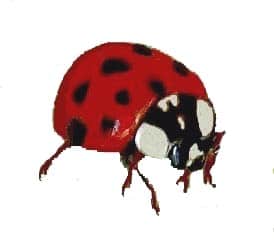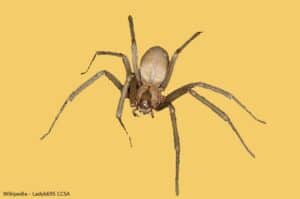Invasive Asian Lady Beetles
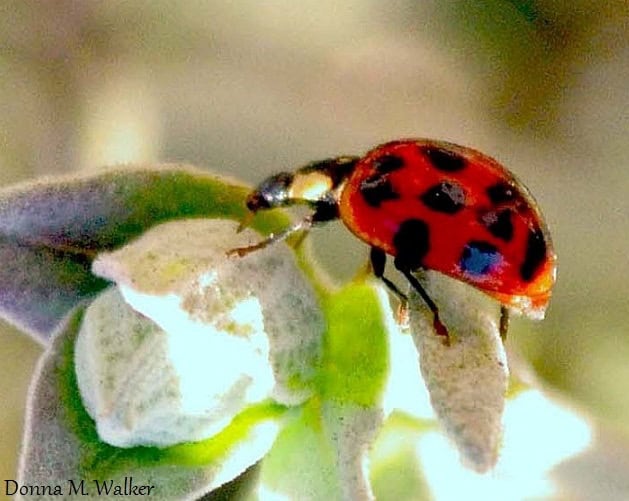
“Ladybug, Ladybug, fly away . . .”
Invasive or Invited? The Multicolored Asian Lady Beetle looks like our North American ladybug but it’s really an invasive species.
The Asian Lady beetle, however, could make an argument that rather than have invaded the country, it was invited – by our government.
It seems we didn’t have enough ladybugs so the Asian Lady Beetle was introduced into the states during the 1970´s to perform chemical-free pest control, for both our agricultural crops and our national forests.
Native Ladybugs
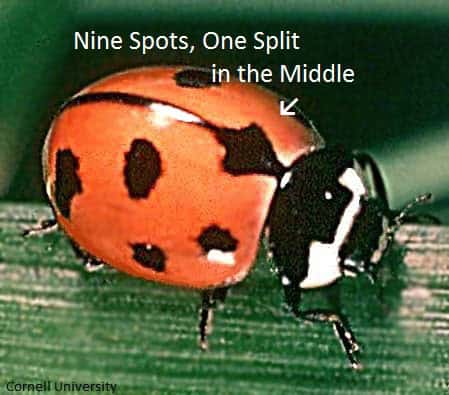
Today, there are very few native ladybugs; so much so, that there´s an actual website dedicated to “lost” ladybugs!
Hearts Pest Management is concerned about ladybugs and other beneficial insects…that’s why we practice Organic Pest Control!
The “Lost Ladybug Project” petitions help from the public to photograph native ladybugs found throughout the country, such as the Nine-Spotted ladybug (very rare) or the Parenthesis ladybug, as well as the European Seven-Spotted ladybird.
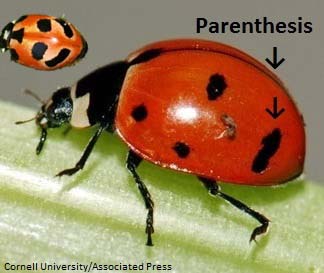
Native ladybugs are all gentle species that have been displaced by the Asian Lady Beetle.
The most common native ladybug in North America is the Convergent ladybug but it too has dropped in numbers because of the invasive Asian beetle.
Easy Asian Lady Beetle Identification
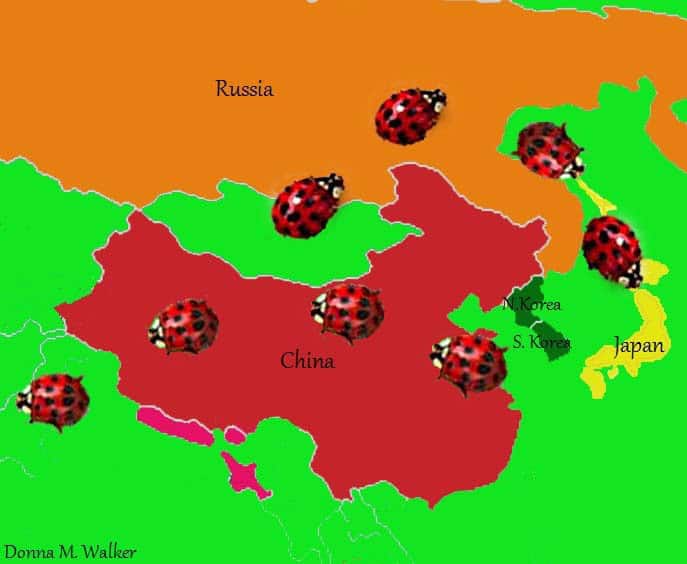
If a ladybug lands on you and then flies away on her own (without blowing on her), it´s supposed to be good luck. But before you start singing the “Ladybug Song” to make her fly . . . check out her pronotum, the area behind her head to see if she’s an invasive species.
An Asian Lady Beetle has two large oval white markings. Besides the oval white spots on the Asian Lady Beetle´s pronotum, there´s usually a white area in the middle, giving the black area of the pronotum the appearance of an `M.´
Count the spots – she either has none or up to twenty-two and her coloring is pale orange to dark red.
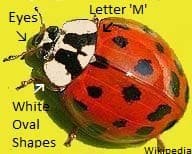
The Asian Lady Beetle is also called the Harlequin Ladybird. It comes in a variety of colors from pale orange to deep red.
Young beetles tend to be black with irregular red spots. The Asian Lady Beetle is also a bit larger than most native ladybugs.
Helpful and Harmful Lady Beetles
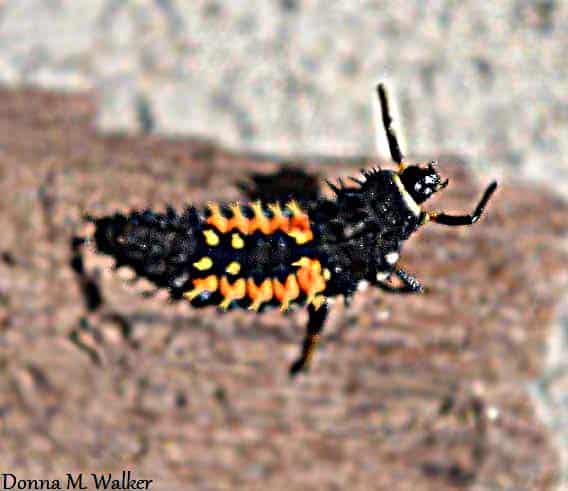
For farmers, the Asian Lady Beetle was a big help in controlling insect populations for our agricultural crops and reducing the need for pesticides. But since the 1970’s this invasive beetle has taken over the country.
While all ladybugs are good for feeding on aphids, scale insects, and mites, the Asian Lady Beetle has caused several of our North American ladybug species to decline in numbers.
Not only are native and invasive ladybug species competing for the same food source, the Asian Lady Beetle is hardier, and stronger. It also has an arsenal of a parasitic fungus that kills other ladybug species, especially when native ladybugs find and feed off Asian Lady Beetle eggs and larvae.
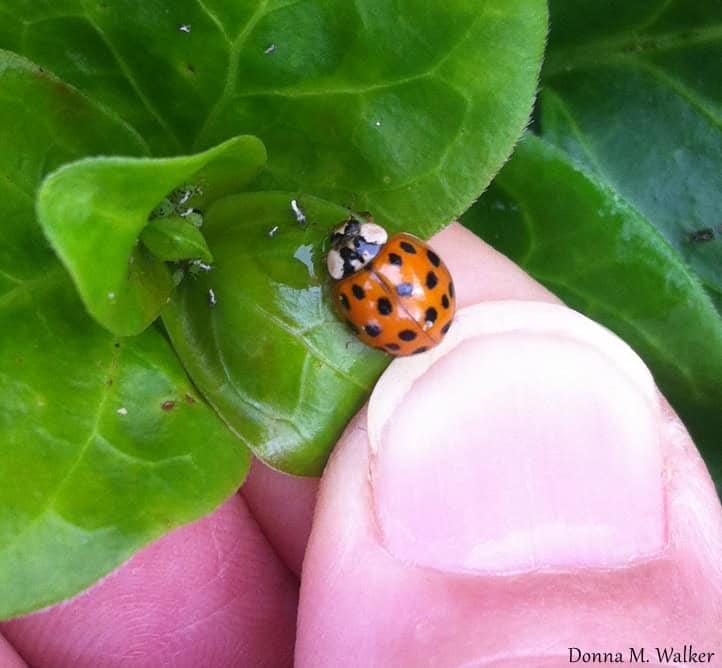
Evidently, all ladybugs will eat each other´s young if and when they come in contact.
Ladybugs as Pests, Really?
Twenty years ago, across North America, one could find thousands of ladybugs. Now it´s a rare treat to spot (pardon the pun) native ladybugs. Our native ladybugs are gentle and beneficial to the garden but the Asian Lady Beetle can actually become a pest.
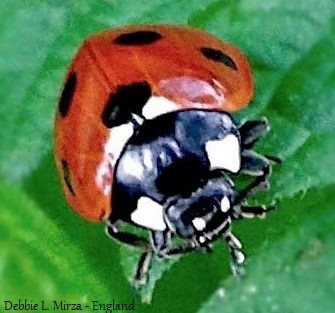
Asian Lady Beetles are also known as “Harlequin Ladybirds” due to variations in their coloring. Today, these beetles have become a statewide pest. One may ask, “What could be so pesky about a ladybug? Well, read on . . .
In October, Asian Lady Beetles invade homes in preparation for overwintering. They congregate in attics, ceilings, and walls while seeking protection and warmth for the winter.
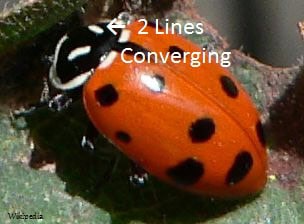
Believe it or not, homeowners have reported sinus problems due to infestations of Asian Lady Beetles.
The beetle´s defensive tactic, when disturbed, is to emit a yellow, foul-smelling chemical – which can stain walls and other surfaces. Asian Lady Beetles may look cute but they can and will bite!
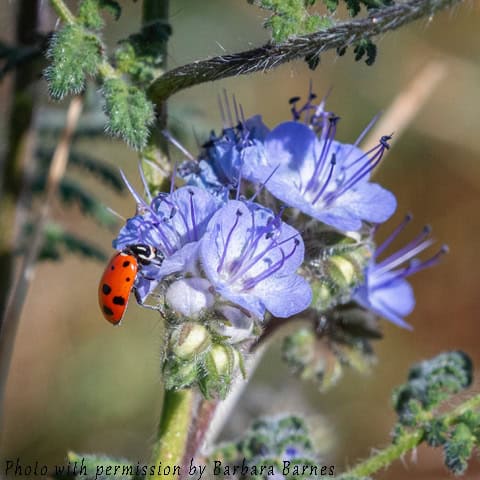
The Future of Ladybugs
When one species becomes dominate, and environmental conditions change, that species runs the risk of becoming threatened or even extinct. This can cause problems in the ecosystem.
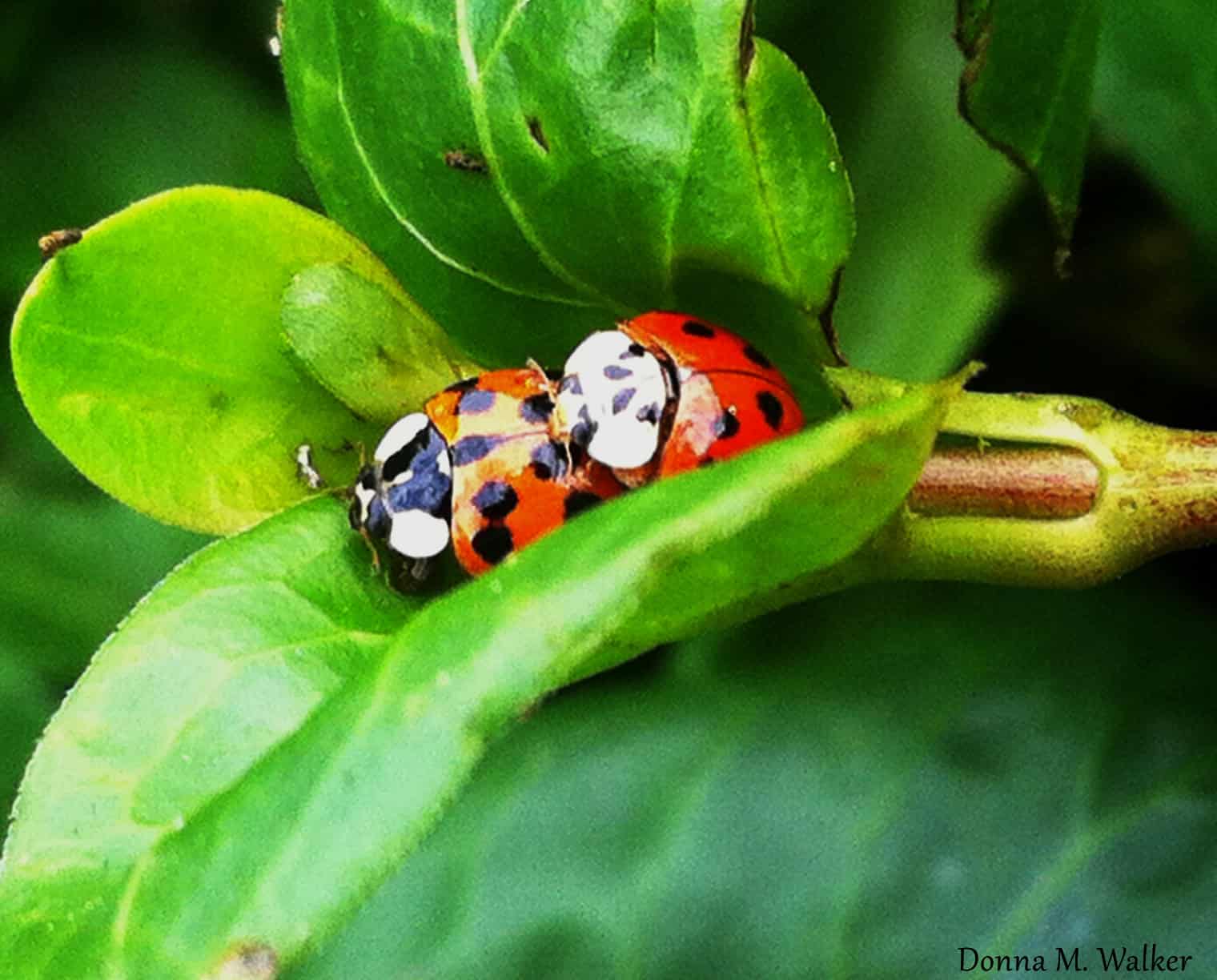
In regards to ladybugs, if we lost all ladybugs, including the invasive ones, it would be detrimental to the health of our agricultural crops and increase the need for pesticides.
On the home front, ladybugs can often be seen wherever there is an abundance of water, especially near ponds. Ladybugs are beneficial beetles that are important in controlling garden pests such as aphids and scale insects.
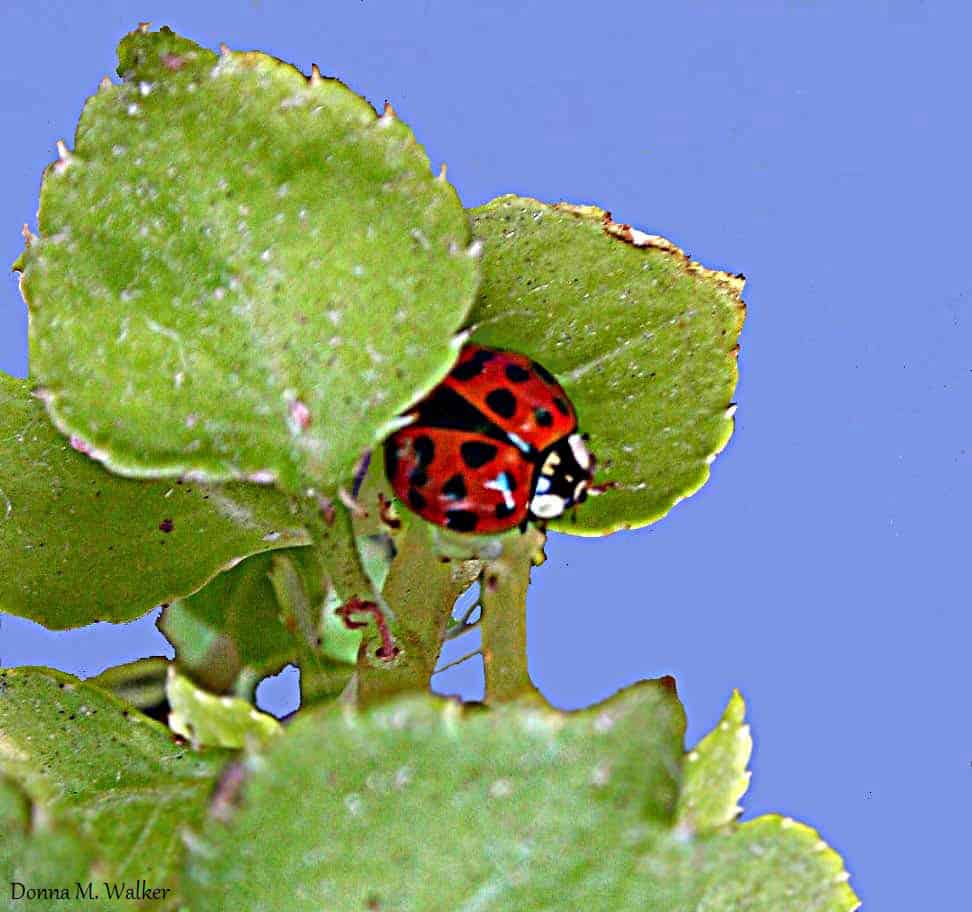
The next time I’m out hiking with my camera, I will be “hunting” for Nine-Spotted, Convergent, and Parenthesis Ladybug-Ladybirds!
In the meantime, a special thanks to all ladybugs for keeping our food free from pests and our flowering plants beautiful.
Call today at 800-986-1006 for information on our Greenthumb maintenance program and organic pest control.
You’re also welcome to complete our contact form and a caring Hearts Pest Management representative will contact you shortly.
References
Mallis, A. 2011. Handbook of Pest Control, Tenth Edition, Saunders College Publishing. Lost Ladybug.org (2014). The Lost Ladybug Project. Wikipedia. (2014). The Free Encyclopedia: Harmonia axyridis. National Geographic.com (2013). News Watch – Invasive Lady Beetle Kills Off Competition Using Parasites. Natural History Museum.org (2014). Los Angeles. Lost Ladybug Project – Identifying Ladybugs. Penn State University Entomology (2013). Multicolored Asian Lady Beetle Factsheets.
